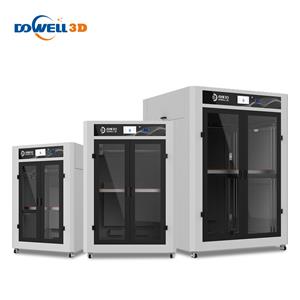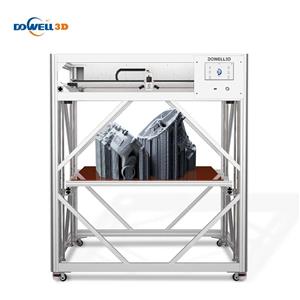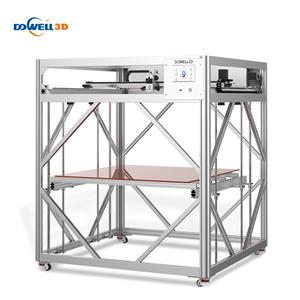What file format can used for FDM 3d printer printing
9 Most Common 3D Printing File Types Used On FDM 3D Printer
A 3D printer is a device that turns digital 3D models into 3-dimensional objects using 3D printing files. While there are several 3D printing file formats, they all have the same function—turning raw materials into solid objects. This article will discuss the most common 3D printing file types and explain what 3D printing file types are and how to make them.
1. FBX
FBX is an interchange format used for 3D geometry and animations. Various programs are compatible with FBX files, mostly those used in Augmented or Virtual Reality (AR/VR). Kaydara developed the FBX format for motion capture devices which aimed to store complete animation sequences. FBX files present difficulties in most slicer software—the format is not generally supported, so it’s necessary to convert it to a better-supported file for slicer compatibility.
2. OBJ
The OBJ file format originated from Wavefront Technologies for their Advanced Visualizer software. It is a common format for export and can be opened by most 3D design packages. OBJ is the preferred file type in colored 3D printing machines. The 3D data entails high-quality geometry, texture information, and full color. Virtually all slicers accept OBJ files as input.
3. STL
The STL file format is a widely used 3D printing file type. It is the input data for 3D slicer software. STL is derived from the name STereoLithography, which is the 3D printing process developed by Chuck Hull while working at 3D Systems in the 1980s. STL files contain simply the surface geometry of a virtual 3D object, with no other properties. The STL file format is universally supported by 3D CAD software.
4. 3MF
The 3MF format is a 3D XML-based system developed directly for additive manufacturing. It contains definitions for colors, materials, and precise shapes that are not present in STL files. Autodesk®, Dassault, Netfabb®, Microsoft®, SLM, HP®, Shapeways, and others are members of the 3MF Consortium that supports the 3MF format.
5. PLY
The PLY (Polygon File Format or Stanford Triangle Format) was initially developed to capture the shape and color data output from 3D scanners. PLY is similar to STL, but more attributes can be integrated such as: color/transparency, texture information, and scan data confidence values.
The PLY format was developed in the 1990s by Greg Turk and Marc Levoy, at the Stanford Graphics Lab. The PLY file format is not accepted by all slicers.
6. G-Code
G-code (.G or .GCO file extensions) files are the core instruction set for almost all CAM (computer-aided manufacturing) equipment and the operational language for most 3D printers.
G-code is the format of output from slicer software that converts CAD and VR objects into movement instructions that a 3D printer can interpret. M-code additionally allows slicer software to insert instructions that G-code does not contain and which are required in the operation of most 3D printers.
7. X3G
The X3G file format is a native format of MakerBot’s PRINT software and therefore not common in the additive manufacturing sector. PRINT and MAKERBOT software are used for slicing, editing, and build-table preparation of X3G models. It was released in 2012 with the Replicator Makerbot 2.
8. AMF
The Additive Manufacturing File (AMF) format was first introduced in 2011 as the ASTM format for 3D printing. AMF includes support for various properties in addition to surface geometry: color, material, duplicates, and orientation, the last two of which help in laying out build tables.
AMF sought to answer the shortcomings of STL by reducing the tendency to introduce disjoints and “leaks”. It also added support for full color, material, and build orientation.
9. VRML
VRML (Virtual Reality Modeling Language) is a common format for representing VR environments and objects. It became a de-facto standard in the environment and character design for gaming. VRML was launched in 1994 at the first World Wide Web conference by Mark Pesce and Tony Parisi.
Among them, STL, OBJ, G-CODE are the most popular and available file formats for Large Industrial Dowell 3d printers.





